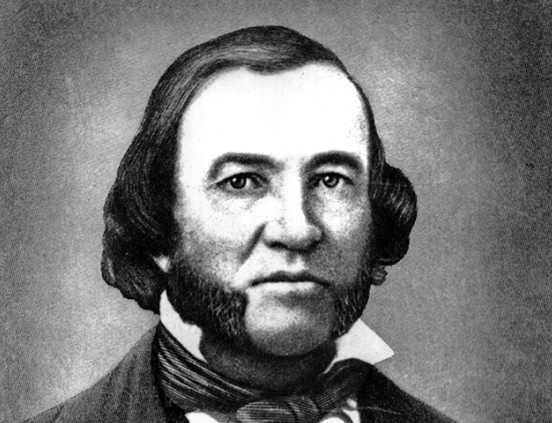In 1807 to 1808, the United States outlawed the slave trade, and started prosecuting people who captured new slaves and bring them into the country. However, they would not outlaw owning slaves for several more decades. Slaves that had been purchased before 1808 were still considered to be private property, and the children of those slaves were not allowed to go free. They were considered assets of the family that owned them, and they became the next generation of servants that were bound.
In 1860 Mobile, Alabama, one businessman named Timothy Meaher made a bet that he could smuggle a hundred new African slaves into the United States, even though it was against the law. No one believed him, so he decided to prove that it could be done. This single bar bet changed the lives of thousands of people, and it lead to the establishment of Africatown, Alabama.

The Bet That Cost People Their Lives
Timothy Meaher was a wealthy businessman from Mobile, Alabama who owned a company called International Paper. He specialized in trading goods all around the world. He owned a huge amount of land and a lumber mill, which was used to make paper. Large boats would carry the paper goods to other countries. He was able to make a huge fortune off of his business. Many parts of Europe had a shortage of trees that they could cut down and make into paper, but America was full of them.
As a wealthy man living in the south, Meaher would often hear his friends grumbling about how they were angry that they were no longer allowed to purchase new African slaves, and they had to settle for the ones they already had. At this point, it was over 50 years since the laws had changed, so the number of slaves that were passed down to the new generation of slave owners was getting smaller.
The richest men living in Mobile, Alabama would spend their weekends in riverboat casinos drinking, gambling, and smoking cigars. Timothy Meaher claimed that he was so great at conducting international trade, he could bring anything into the country- even slaves.
Since these men were already used to high-stakes gambling, someone bet Meaher $100,000 that he couldn’t actually bring a hundred new African slaves into Alabama without getting caught. In today’s money, that’s more like $2.5 million. Meaher accepted the challenge. A man named Captain William Foster worked for Meaher, and he was given the task of taking $9,000 in gold to buy the slaves by any means necessary. Foster hired a crew of men to help him.
Foster learned that the west African tribes were still going to war with one another, and that there were still opportunities to buy captured slaves. They built a schooner called the Clotilda, and they arrived on the shore of a country called Benin. There were thousands of people who had been captured from various tribes and countries. It is estimated that Foster bought 110 to 125 slaves, because his boss needed 100 to win the bet. He thought that it was always possible that some of them would die on the journey back to the United States, which is why they needed to buy a few extra. Thankfully, none of them died.
Captain Foster knew that the authorities would be waiting for them in Alabama. The rumors about the bet that Meaher made on the riverboat had gone through the town, so the authorities were searching every boat that entered Mobile Harbor, looking for these smuggled slaves.

Foster anchored the ship in a smaller harbor in Mississippi near the Alabama border. He rode on horseback to meet Timothy Meaher and let them know the location of the Clotilda. They brought a river steamboat over to the Clotilda, and moved the slaves over to the new boat. River boats went up and down the Mississippi River all the time, and they were usually filled with tourists or people who were looking to have a good time. There was no reason for the police to want to inspect a river boat.
When they arrived on the shore, Meaher burned the boat to destroy the evidence. Remains of the wreck still lay on the shore of Mobile Bay. Timothy Meaher was even taken to court to answer for the crimes that he was accused of, but but there was not enough evidence to convict him. He got away with it.

